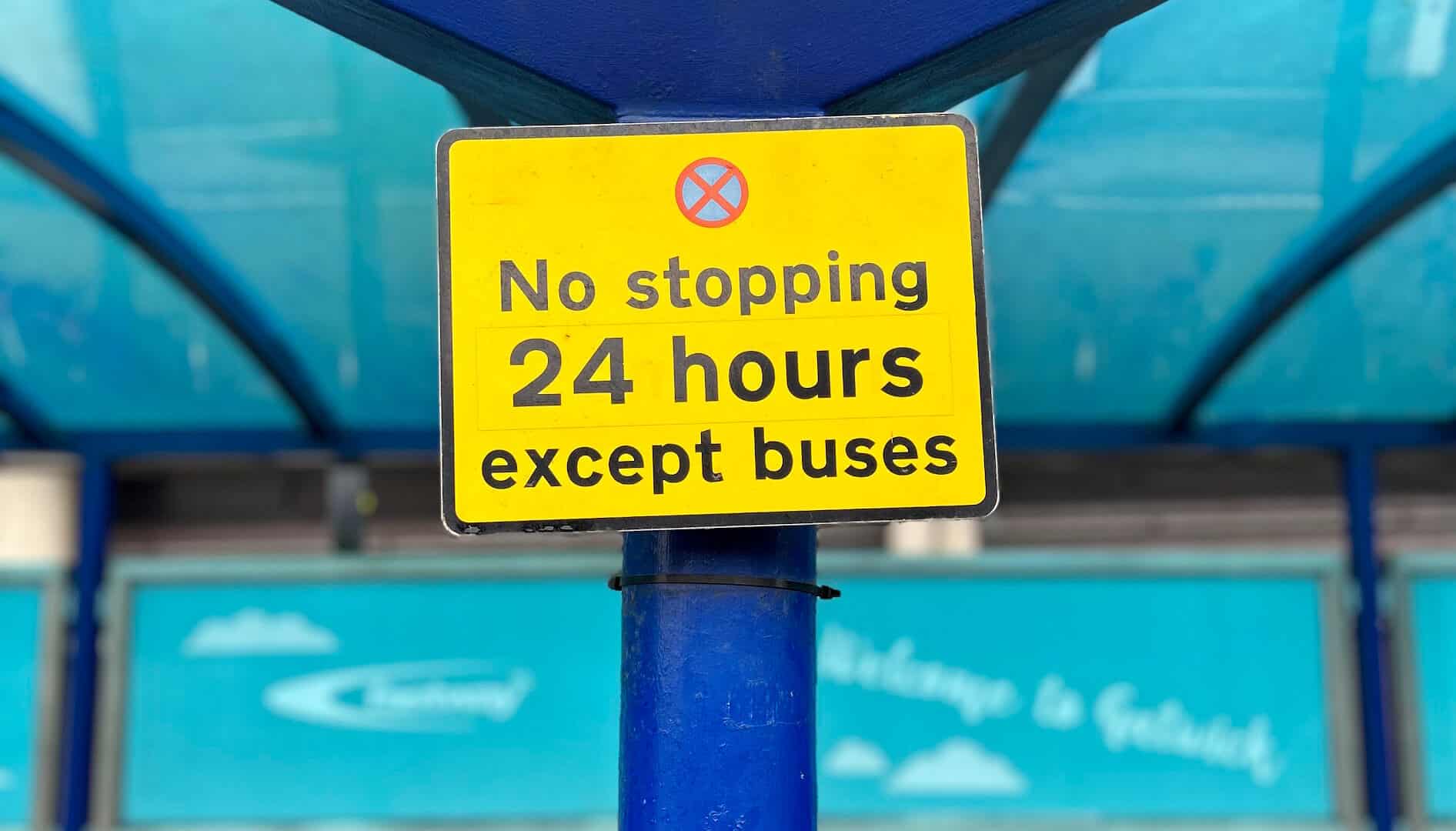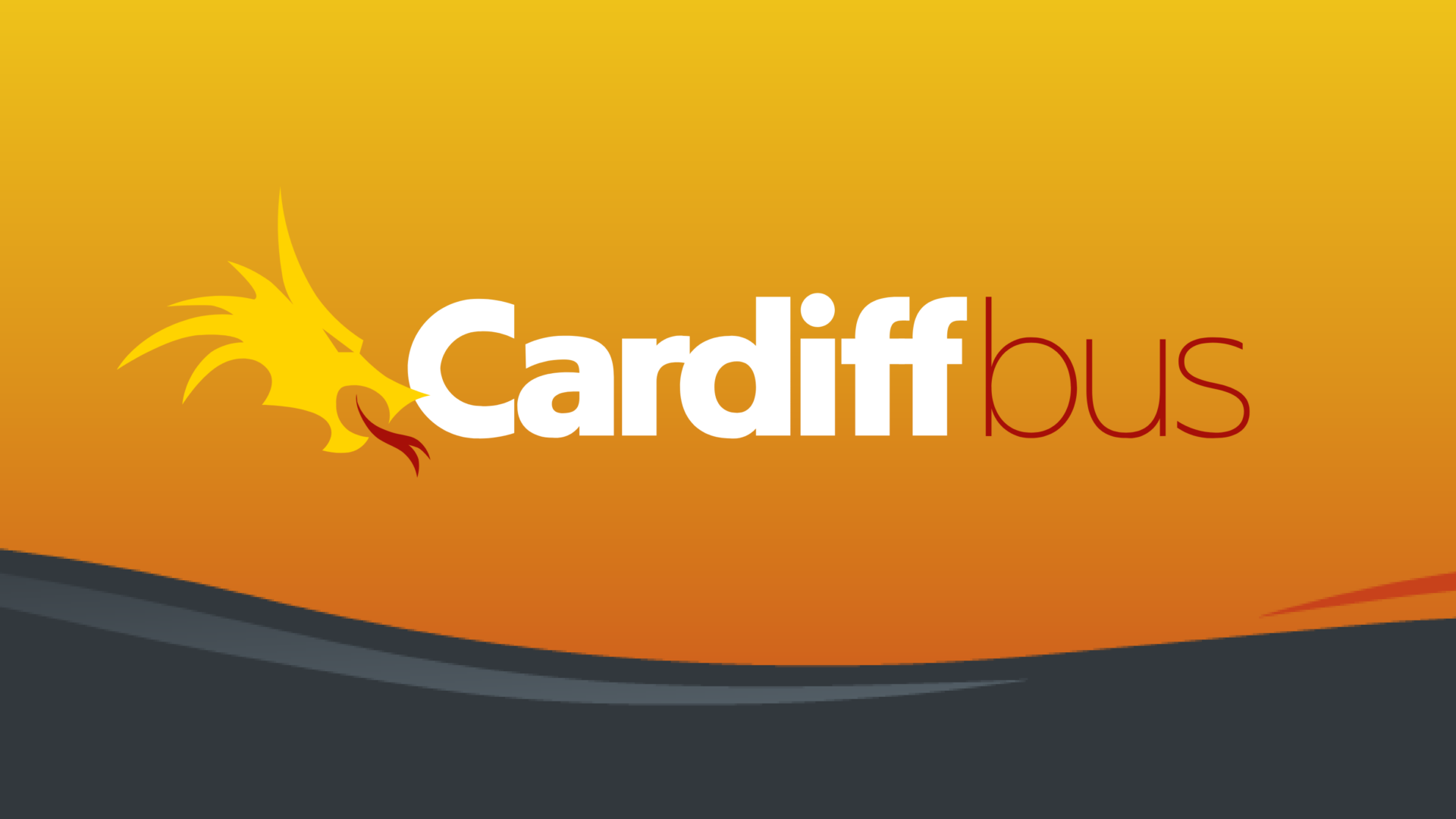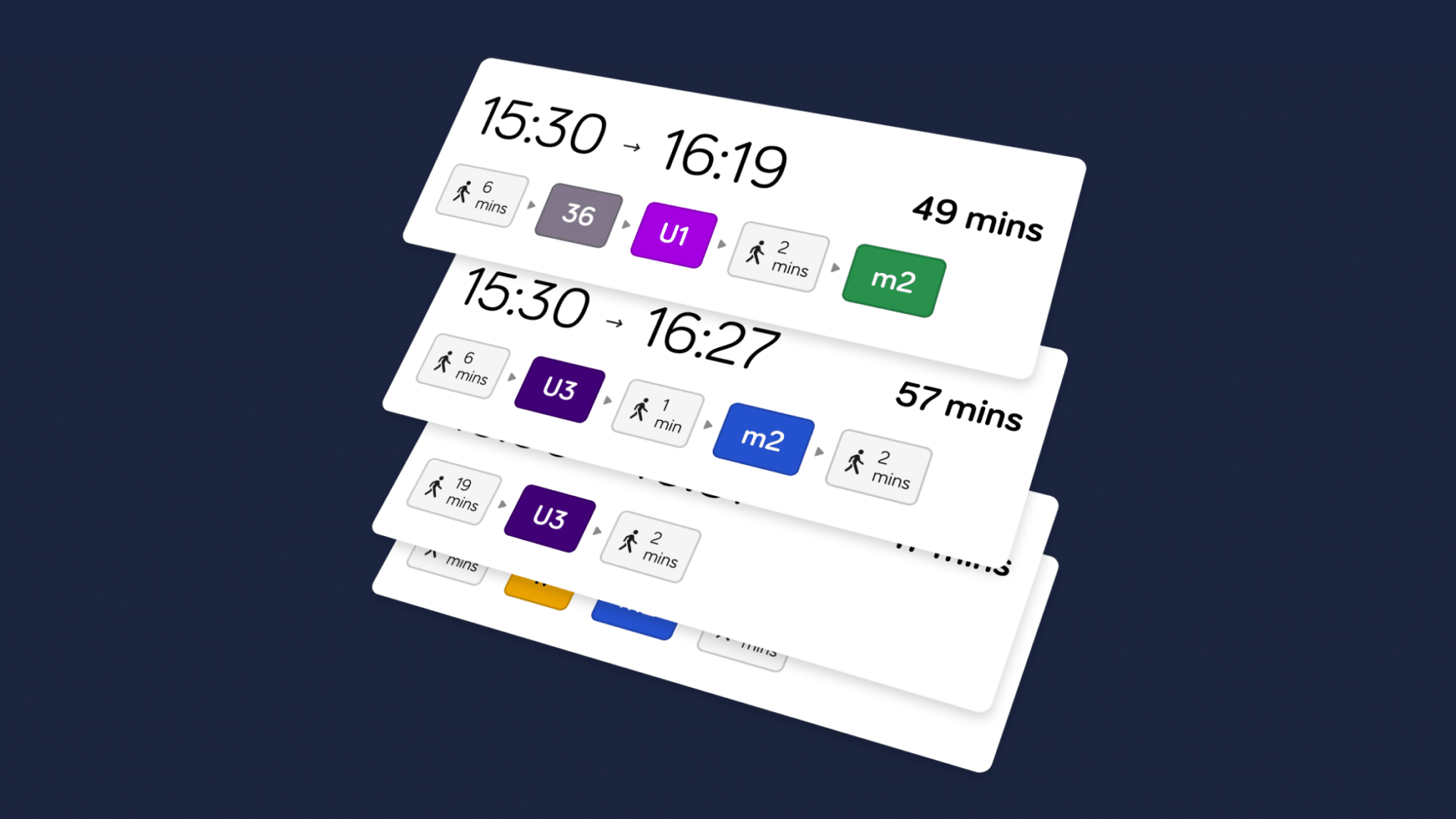Unlocking dwell time with shift between contactless models
How stakeholder engagement and partnership technology development can unlock the desired transition between contactless models.
20th Sep 2023


Back in 2016, when the contactless Model 1 offer was devised by the team at Go-Ahead, it was envisaged as a short-term solution on the journey towards a full ‘Tap On, Tap Off’ Model 2 proposition, and eventually card-as-authority-to-travel, the Model 3 proposition.
Contactless ‘Model 1’-style transactions are similar to those in a shop or retail experience. You present your goods to the cashier or a self-service till, and when prompted by the cashier, you present your contactless card to a device to pay the amount shown on the screen.
Transpose that idea to the ‘rolling shop’ that is a bus, where the cashier is also the driver. Intuitively, we know that when we board the bus, we need to request a ticket or state our destination, and the driver will then turn this into a sensible ticket option for you. The interaction can take several seconds. Extrapolate that by customer boardings and as many stops as there are on a route and you have quite a few more. Everyone on the bus must wait for these interactions to occur before the cashier can get the shop moving again.
Graham Pether, Bus Data Systems Manager at Go-Ahead, was part of the team that worked on the ‘Tap On, Tap Off’ solution with its partners Ticketer and Littlepay. According to him, the Model 1 stop-gap has turned out to be a costly one. “Contactless ‘Model 1’-style transactions take at least 12 seconds, and realistically for most customers this is usually in the region of 15-30 seconds even for simple requests”, he shares. “At the time, the expected dwell time impact was still considered beneficial, as removing change from a substantial minority of on-bus transactions, as well as reducing paper ticket sales in general in Brighton was considered an important customer improvement. [We considered it to be] vital for continuing to be able to make the case for bus as a modern and suitable travel option.”
By late 2017, moving customers quickly onto Model 2 was becoming essential to reduce this boarding time bottleneck. But despite best efforts, it was clear something was holding up the transition. Customers simply weren’t adopting it.
“I had a chat with Nick [Hill] – essentially the receipts issue has been continually raised at stakeholder meetings for a while”. Nick Hill is Commercial Director at Go-Ahead’s Brighton & Hove and Metrobus operations. As part of his role, Nick engages with stakeholder groups in Sussex, particularly around Brighton & Crawley on a regular basis. One of the key learnings from these discussions was that customers needed a receipt for the transaction to be able to claim the travel back as business expenses. Contactless Model 2 doesn’t issue one, with customers simply tapping on (and off) and the system working out the fare in the background.
Working with Passenger, the team at Go-Ahead have been able to deliver a solution to stakeholders that tackles this head-on. As a platform capability update in October 2022, a contactless model 2 receipt was made available through a customer’s account on websites and in apps for Passenger operators.
The receipt shows the date of the export, the date range for the transactions, basic card information, the sum total of all the charges, and then a breakdown of the fares that contribute to each charge in the date range. The receipt was also designed to be uploaded easily to the majority of expense tracking apps, making the expense claim process as simple as possible.

Both Brighton & Hove Buses and Metrobus have Passenger’s Contactless Journeys capability enabled, unlocking the move to TOTO for many of its customers in this region. “Now this feature is in place, the business parks – and especially the Gatwick / Manor Royal and outer-South-London / Surrey business parks – will be able to use TOTO. This means the possibility for a switch of a significant portion of Model 1 revenue. It’s a huge step forward.” says Graham.
The key benefit for saving dwell time is in minimising traffic impacts – increasing speeds, reducing average boarding times and potential journey time savings. Moving customers away from contactless Model 1 means that boarding with a ‘TOTO’ tap on takes around 3-5 seconds.
Graham underlines the importance of making these sorts of changes based on customer feedback, “Improving the customer experience – or at least meeting the basic expectations for this decade – is critical to remaining a relevant travel option in our operating areas. Over the next 5 years, the impact of this will be significant.”

Newsletter
We care about protecting your data. Here’s our Privacy Policy.
Related news

9th Nov 2023
Cardiff Bus signs a third 3-year contract
Passenger and Cardiff Bus to continue working together to deliver top quality tech for users.

26th Oct 2023
Faster access to detailed journey plan information for customers
Passenger’s latest app release helps customers better understand the details of potential journeys, building on learnings from its Department for Transport backed Safe Walking Routes research.

Start your journey with Passenger
If you want to learn more, request a demo or talk to someone who can help you take the next step forwards, just drop us a line.